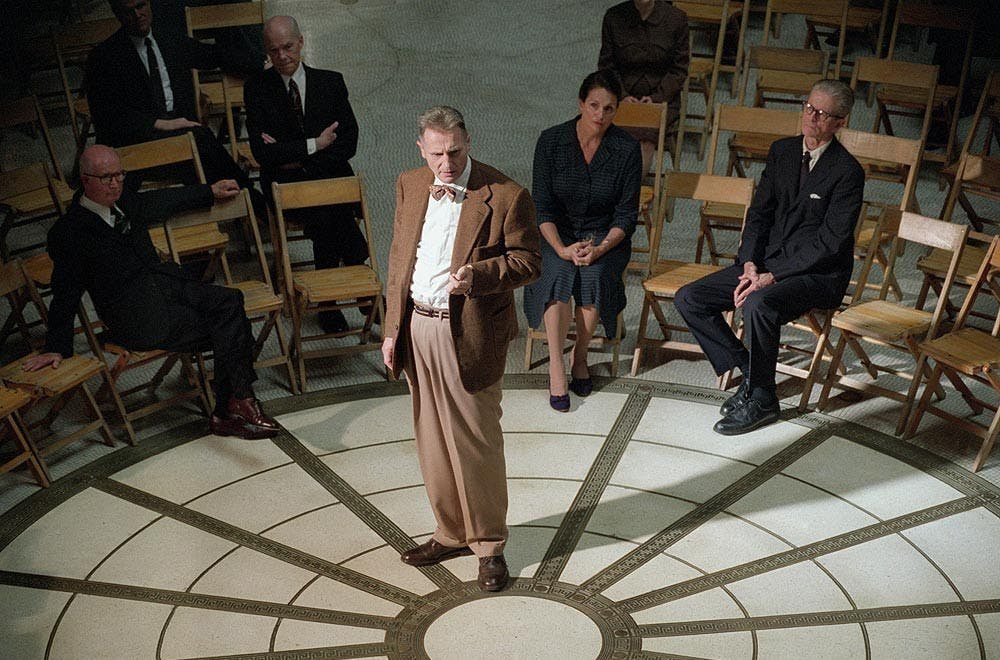The 2004 biopic film, “Kinsey” takes an empathetic approach to Dr. Alfred C. Kinsey’s life-spanning work, pursuit of truth and captures the controversy surrounding his research amid the 1940s and 1950s. It is a fascinating look into the Kinsey Institute as an important part of IU’s history — Herman B Wells, beloved chancellor of Indiana University is even represented in the film — that is still surrounded by controversy even today.
Kinsey began his career as an assistant professor of zoology at IU. His students’ lack of knowledge about sex and the misinformation they had been taught alarmed him. He decided to use his data collection methods from his work studying gall wasps to publish scientific research about sex. He assembled a team of researchers who conducted frank and detailed interviews with people across America about their sexual histories.
The question “Am I normal?” repeats throughout the interview. Kinsey’s early finding in the film is that the shame that surrounded sex was because people had no conception of what other people were doing, what was “normal.”
In a moment at the height of his fame he states to the press, “Everybody's crime is nobody’s crime.” He believed that the only irreducible fact of nature was diversity and variations, and he believed the same applied for human sexual expression. As depicted in the film, much of Kinsey’s work led to the decriminalization of homosexuality and stigma surrounding queer identity.
Liam Neeson, who stars as Kinsey, depicts him as relentlessly devoted to his work, and this objective scientific manner often causes social friction, but beneath his steady devotion to his research is an underlying compassion and kindness.
In a particularly moving scene after Kinsey’s research funding has been slashed and his reputation dragged through the mud, he interviews a woman who shares that after reading his book, she felt able to confess to a female friend her true romantic feelings after years of shame and self-hatred. To her delight, the feeling was mutual, and the two had been together for three years. Taking Kinsey’s hand, she says that he saved her life. It is a moment of realization for Kinsey as he begins to understand the effects of such groundbreaking work, work that has paved the way for queer liberation today.
Despite all the progress and monumentally important work Kinsey has achieved, his work is still under threat. Only a year ago, the Indiana General Assembly prohibited the use of state funds for the Kinsey Institute.
The film explores a complete and complex portrait of Kinsey as both a man and a monumentally important scientific figure. It serves as a reminder of how this life-changing research must continue despite fierce opposition even today.
This article is part of the Source Visitors Guide, an IDS special publication






